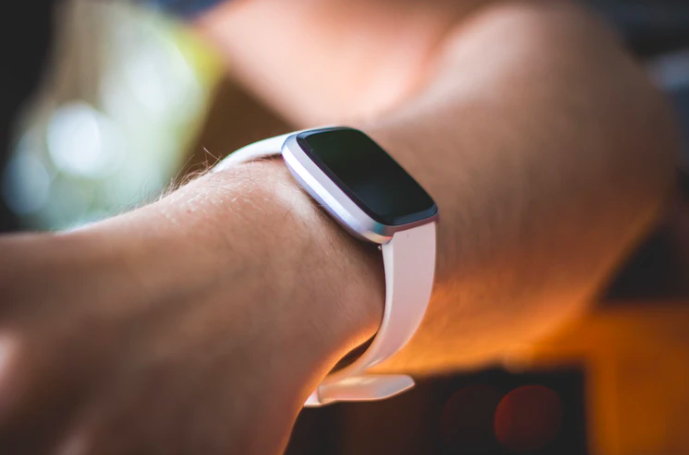New technology has revolutionized the way we go about our daily lives. From the comfort of our phones we can consume media, make money transactions and now monitor our fitness.
According to Phys.org, one of the first electronic waves of fitness was with VCRs and Jane Fonda’s video series on the “ideal” body in the 1970s and 80s. Along with the addition of electronic treadmills and exercise bikes in gyms, electronic fitness was underway. Now in the 21st century, we have more personalized and convenient ways to track our fitness with the development of Fitbits and Apple Watches. As well as built in fitness trackers on smartphones, now it seems easier than ever to get in shape.

In September 2009 Fitbit released their first fitness tracker with the capability to track the users movements, sleep patterns, and calorie consumption. Since then, Fitbit has grown to become one of the leading companies in fitness with a net worth of $1 billion.
In September 2019 the company launched Fitbit Premium, an app that takes data from the users smartwatch and turns it into personalized guided programs.
With 11 different smartwatch models, and two smart scales, it is safe to say that Fitbit has come a long way from the original clip-on trackers.
While Fitbit appears to be growing each day, they still have some competition.
In April 2015, Apple joined the fitness industry with the release of their Apple Watch. The watch had the ability to not only track the wearer’s fitness but also make payments, send texts and receive calls.

The watch was an instant hit, landing on Time Magazine’s list of the 25 best inventions in 2014. According to Know Your Mobile, Apple sold 33 million watches in 2015 and became the #1 best-selling wearable technology in the world. Since then Apple has gone on to make five Apple Watch series. The newest models include new additions such as noise alerts and can track menstrual cycles.
Along with all these watches are fitness apps, since the release of smartphones in the late 2000s the amount of health and fitness apps has grown exponentially. Some of the most popular being, Nike Training Club, Carrot Fit and My Fitness Pal, according to Digital Trends. These apps include features such as heart rate monitors, calorie intake and meditation.
In a 2015 study done by the Journal of Medical Internet Research, it was discovered that fitness apps can increase exercise levels and a user’s BMI. Researchers also concluded that the apps can help those looking to exercise to overcome the barrier of exercise and increase belief in themselves.
As beneficial as digital fitness can be, there are downsides and concerns.
Fitness apps put emphasis on weight loss which can contribute to stigma against overweight bodies and in turn causing overweight individuals to reject a more healthy lifestyle, according to JMIR.

In a 2019 study, JMIR discovered that for young people, fitness apps can result in the development of poor body images and inadequate eating and exercise patterns. To combat this, JMIR recommends app developers to encourage long term behavior change and self-reflection when using the apps.
Fitness apps can be a good tool for users, but they are not to be taken lightly. In order to truly reap the benefits, it is important that users take it as a chance to become more educated about their health. With the right mindset and behavior these apps can help users take back control in their lives.





































